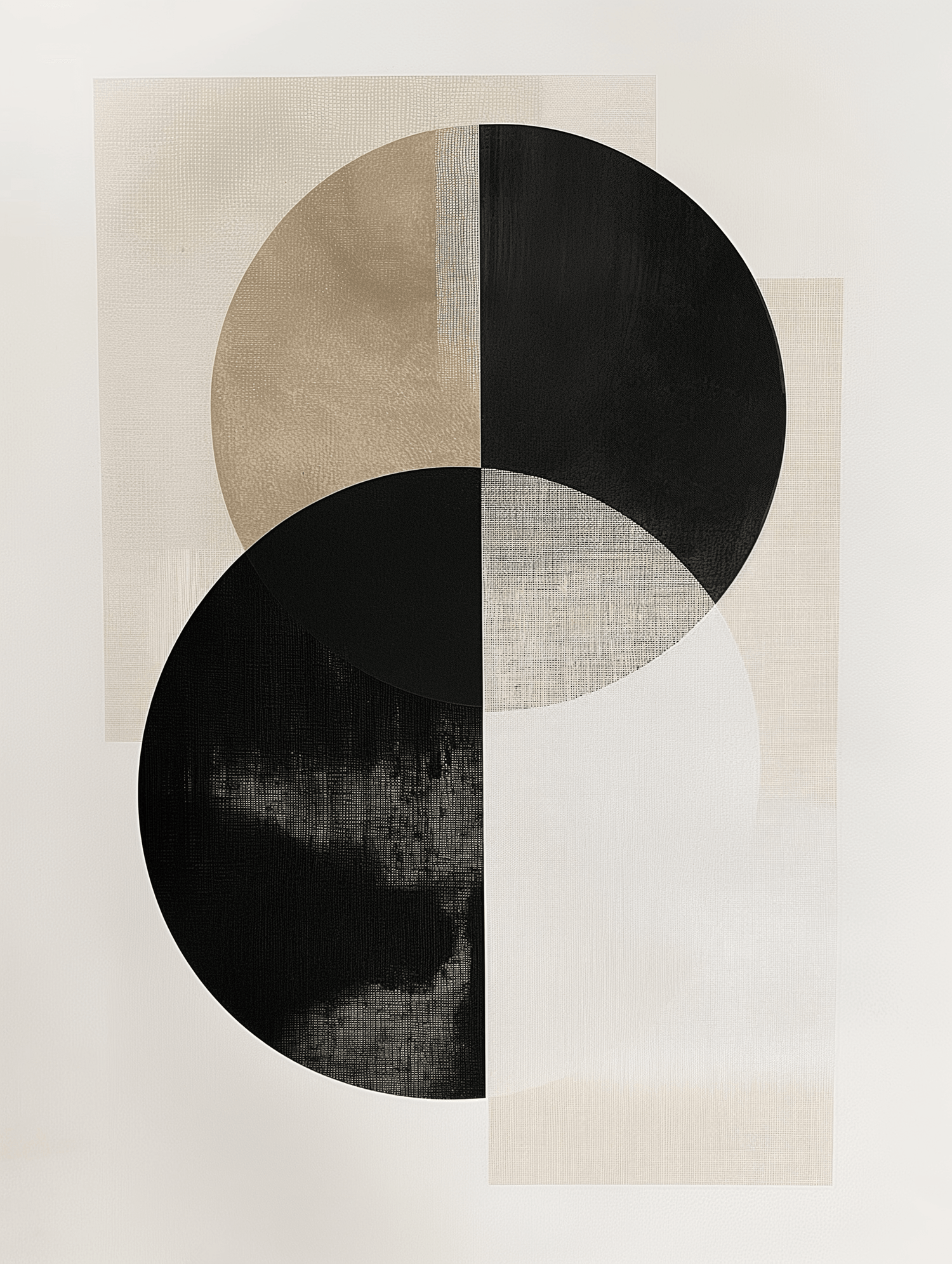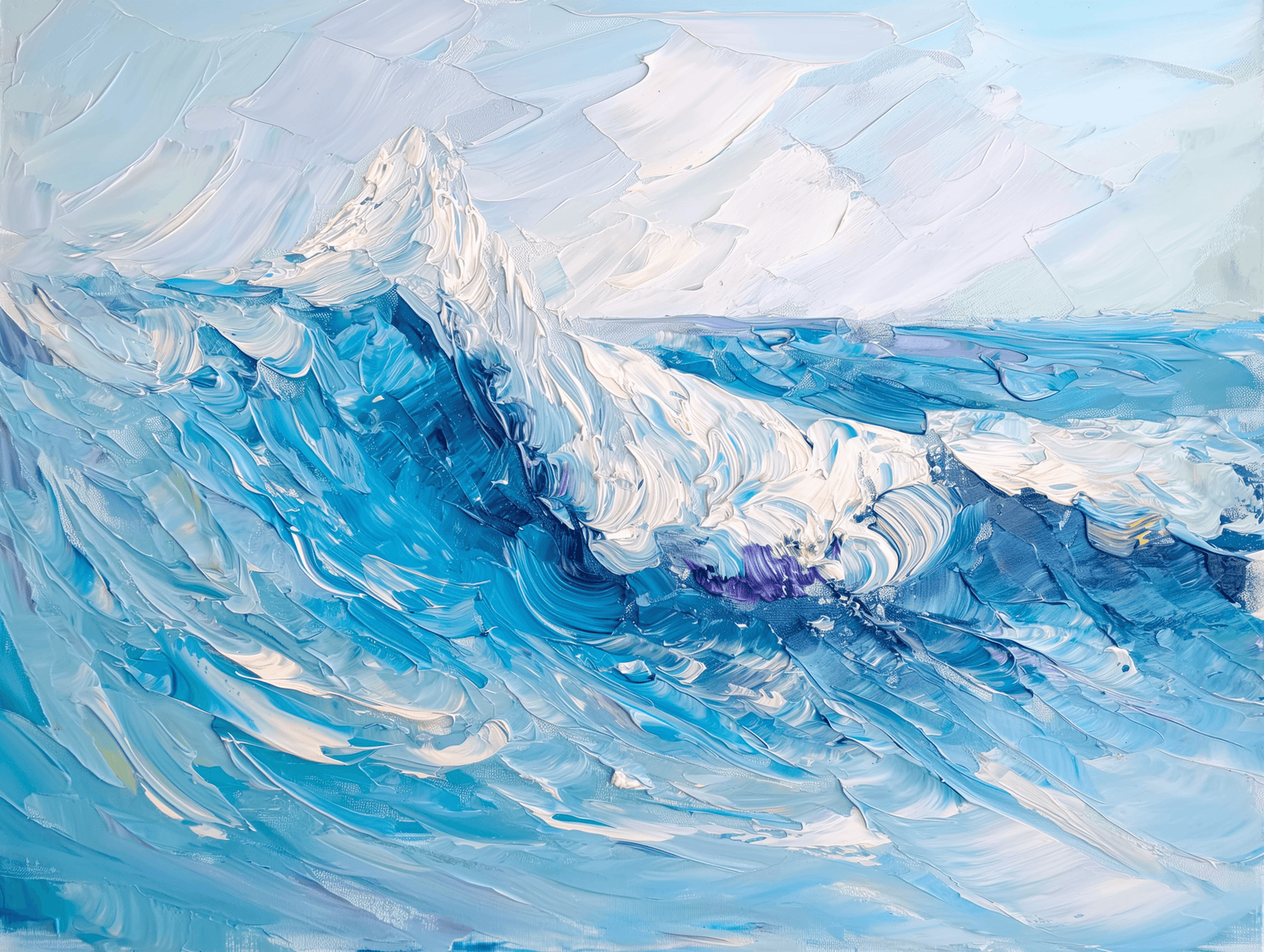
Jacopo Robusti, known as Tintoretto , is one of the greatest masters of the Italian Renaissance. Defined by Vasari as “the most terrible brain that painting has ever had”, he was a visionary and dynamic artist, capable of blending theatrical drama , bold perspectives and a painting of light and movement. Also known as “the painter of divine light”, he was the undisputed protagonist of the Venetian art scene.
In this article we will discover his biography, his most famous works, and some little-known curiosities.
Who was Tintoretto?
Born in Venice in 1518 , the son of a fabric dyer (hence the nickname “Tintoretto”), Jacopo Robusti showed a precocious talent for drawing and painting from a young age. According to legend, he studied briefly in Titian ’s workshop , but their relationship ended due to rivalry.
His motto was “ The drawing of Michelangelo and the coloring of Titian ,” which reflected his ambition to unite the plastic power of the Florentine Renaissance with the chromatic sensuality of the Venetian school. He worked tirelessly throughout his life, often with an impetuous and innovative style that made him famous (and sometimes controversial) among his contemporaries.
Tintoretto's most famous works
1. The Miracle of the Slave (1548)
One of his first public works, commissioned by the Scuola di San Marco, shows Saint Mark saving a prisoner from torture. The dynamism of the scene, the dramatic poses and the theatrical light announce the mature Tintoretto.
2. The Wedding at Cana (1561)
A gigantic canvas measuring over 4 metres, preserved at the Scuola Grande di San Rocco, which depicts the wedding feast in a lively and unconventional way, with a lateral gaze that escapes classical symmetries.
3. The Last Supper (1592–94)
Venetian version of the sacred theme, here full of spirituality and mystery. Christ is surrounded by supernatural light, while the apostles and servants move in a Caravaggio-esque atmosphere ante litteram.
4. Paradise (1588–1592)
Made for the Sala del Maggior Consiglio in the Doge's Palace, it is one of the largest canvases ever painted (7x22 metres) and represents the celestial vision in a crowded and intense composition.
Style and Innovation: Painting in Motion

Tintoretto's painting is distinguished by the expressive use of light , the diagonal composition and the vigorous gestures of the figures. Unlike his more measured contemporaries, Tintoretto pursued the theatrical effect, the surprise, the baroque drama ante litteram .
He was a tireless experimenter with bold perspectives , dizzying views, and plays of light that anticipate seventeenth-century expressionism.
Curiosities about Tintoretto
1. A determined self-taught person
After a brief partnership with Titian, Tintoretto taught himself, passionately studying Michelangelo's sculptures and drawing incessantly.
2. A family shop
He ran a thriving workshop in Venice, aided by his children Domenico and Marietta (also a painter), who continued his artistic legacy.
3. The painter of great enterprises
To obtain commissions, he offered his works at lower prices than his competitors. The Scuola Grande di San Rocco became a sort of personal museum, with over 60 of his works.
4. Religion and theatricality
His art was not only spectacular; it was also deeply spiritual. His Last Suppers, for example, are full of mystical and symbolic meaning.
5. A shy and industrious character
He did not enjoy the social life. He was known to work tirelessly, often at night, and preferred the company of his family to the Venetian court.
Conclusion
Tintoretto was a revolutionary, tireless, visionary artist. His painting is a whirlwind of light and spirit, movement and faith.









